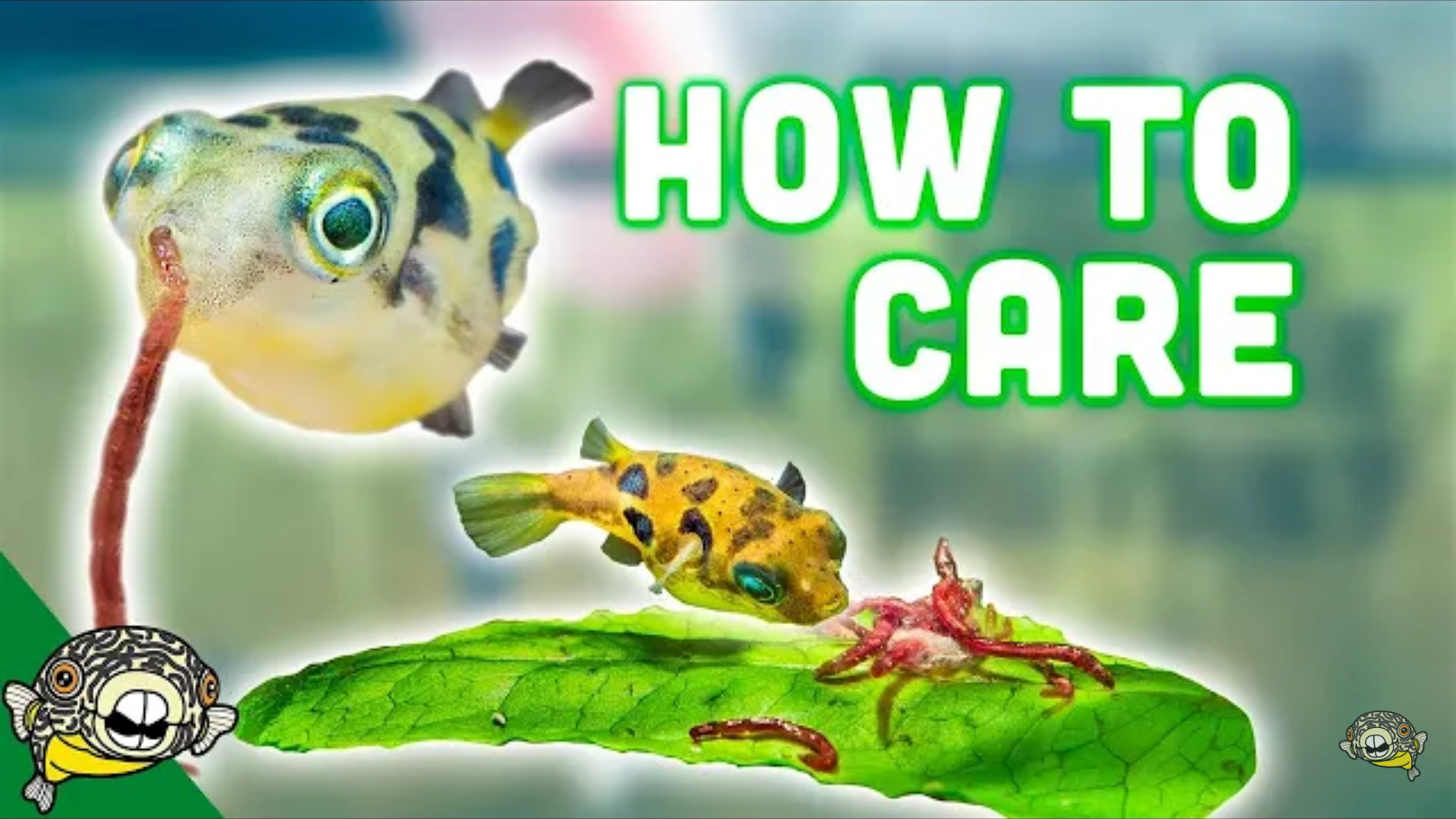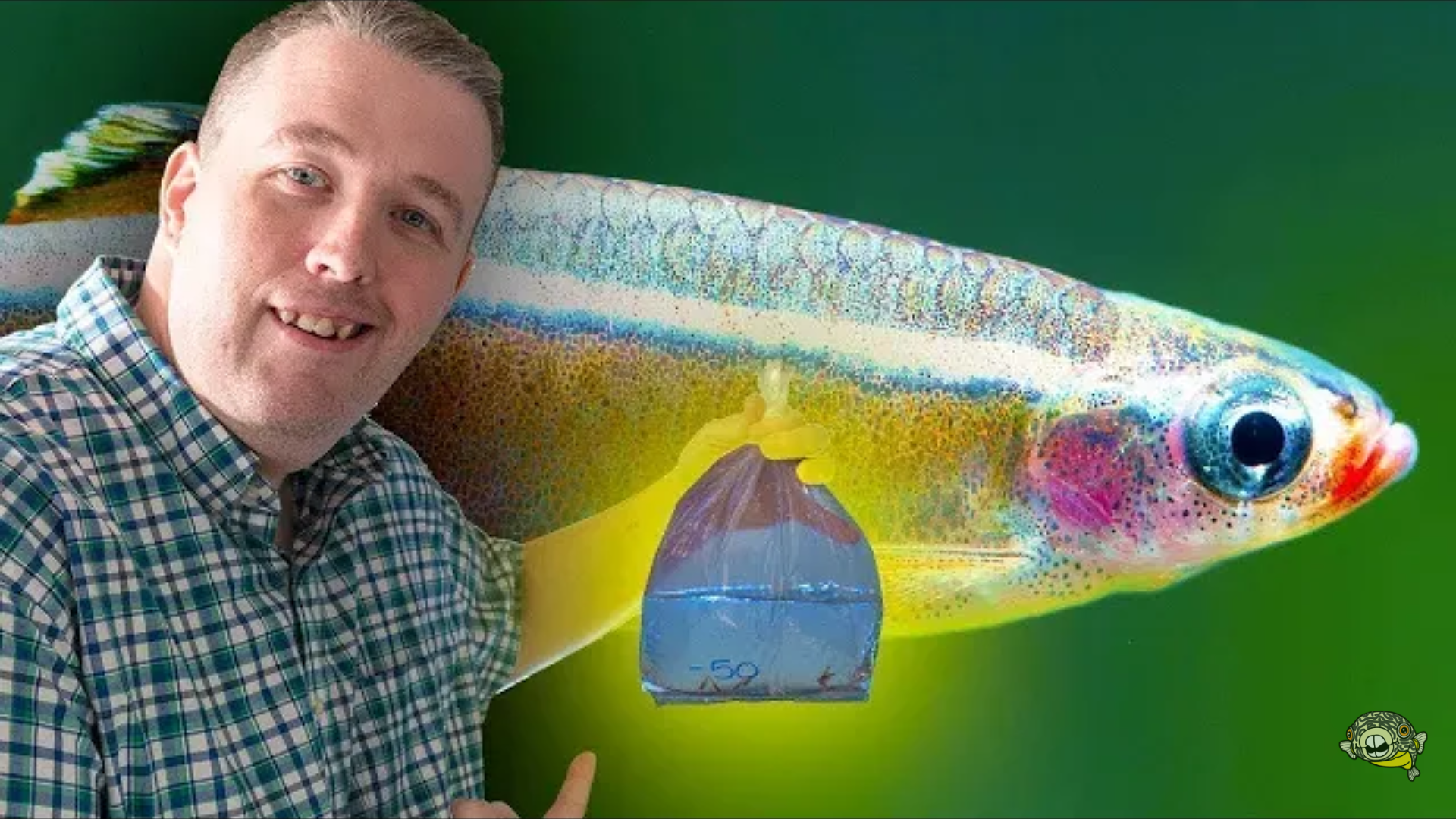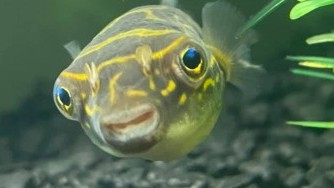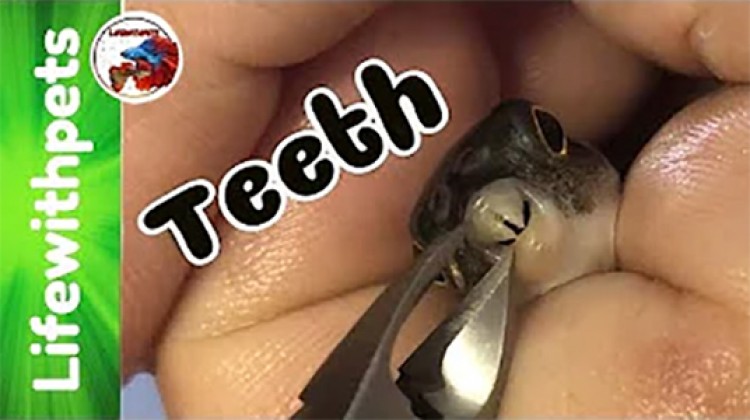- Name:
Target Puffer
(View AKA's) - Family: Tetraodontidae
- Species: Puffer
- Scientific Name: Pao turgidus
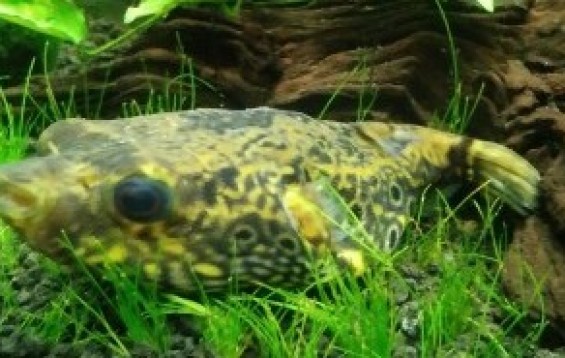

General info about Target Puffer
These fish are called puffers because they are able to inflate themselves. They can be green, yellow, white or tan and they can reach up to 5 inches. They have silver eyes outlined in red and an eye spot near the tail fin which can be of many different colors. To keep these fish in captivity, water pH should be between 7.0 and 7.5, water dH should be between 8 and 12 and water temperature should range from 73°F to 82°F. The tank should have a sandy substrate and dense vegetation. They shouldn’t be kept in community aquariums since they are fin nippers also they are quite aggressive so they should be kept in a species only tank.
Target Puffer Diet & Nutrition
This species is carnivorous. It can be fed with shrimp, snails, clam and crab legs. It is very important to feed them hard shelled foods to prevent their teeth from overgrowing.
Target Puffer Origin
This species is native to Southeast Asia. It inhabits flowing and standing waters.
Acclimating Target Puffer
The water in which these fish are packaged is different from the water in the tank, since these fish are extremely sensitive to water conditions the acclimation process is very important. This process should never be rushed. Aquarium lights should be off for at least the first 4 hours of the fish in the new tank and it should not be fed in the first 24h. There are two acclimation methods: Floating Method and the Drip Method.
Floating method - the aquarium lights should be off and lights in the room should be dim, the bag in which the fish is should be placed in the surface of the water to float for about 15 minutes, this allows the water in the bag to adjust to the water in the tank. The bag should then be cut under the knot and the top edge of the bag should be rolled down one inch, then ¼ cup of the aquarium water should be added to the bag, this step should be repeated every 4 minutes until the bag is full, then half the water of the bag should be discarded and the bag should be put to float again and ¼ cup of the aquarium water should be added to the bag every 4 minutes until the bag is full. Afterwards, the Discus can be moved into the aquarium.
Drip method – the aquarium lights should be off and lights in the room should be dim, the bag in which the fish is should be placed in the surface of the water to float for about 15 minutes, this allows the water in the bag to adjust to the water in the tank. The bag contents should be poured into a 1 gallon bucket that has never been cleaned with any chemicals, the fish should be enterally submerged. A siphon, using airline tubing, should be set up and a drip line should run from the main aquarium to the bucket. Several loose knots should be tied in the airline tubing to regulate flow. Sucking the end of the airline tube that goes to the bucket will begin a siphon, the flow should be regulated to 2 to 4 drips per second. Once the water in the buckets doubles, half should be discarded and the process should be repeated until it doubles again. Afterwards, the fish can be moved to the aquarium.
Target Puffer are Venomous
Their flesh is toxic and can cause poisoning and even mortality.
Original Detail
| Name | Species | Family | Scientific Name | More Detail | Added by |
|---|---|---|---|---|---|
| Target Puffer | Puffer | Tetraodontidae | Pao turgidus | These fish are called puffers because they are able to inflate themselves. They can be green, yellow, white or tan and they can reach up to 5 inches. They have silver eyes outlined in red and an eye spot near the tail fin which can be of many different colors. To keep these fish in captivity, water pH should be between 7.0 and 7.5, water dH should be between 8 and 12 and water temperature should range from 73°F to 82°F. The tank should have a sandy substrate and dense vegetation. They shouldn’t be kept in community aquariums since they are fin nippers also they are quite aggressive so they should be kept in a species only tank. |
Gokhan MERMERTAS |


